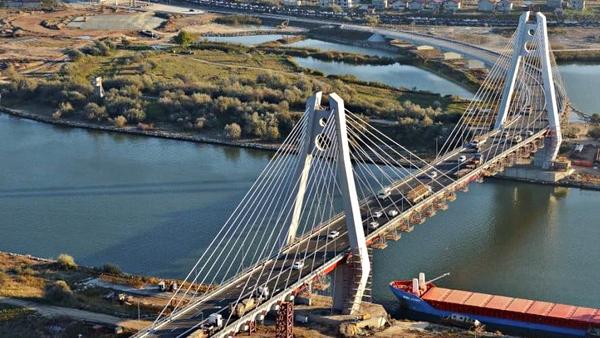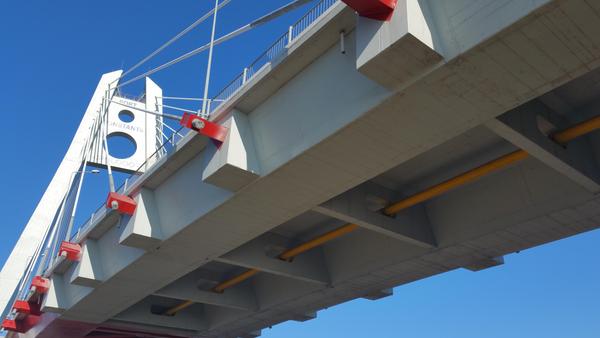Now hiring | Multiple roles
View active rolesNow hiring | Multiple roles
View active roles

Our Structural Health Monitoring solutions have been optimised for either cable stayed or suspension bridges. The systems are used by infrastructure managers, consultants and contractors for monitoring one or several assets to mitigate risk and optimise maintenance.
Our team includes civil engineers and sensor & software specialists allowing us to understand your needs and propose bespoke solutions with an emphasis on quality and durability.
EverSense® system can scale from a standalone sensor to the integration of hundreds of sensors. The scope of sensors covers all aspect of the structure with centralised data acquisition system and real-time data processing.
It includes, but is not limited to, corrosion monitoring in post-tensioned & reinforced concrete structures, crack & micro-crack monitoring, stay-cable fatigue monitoring or early scour monitoring.
Sixense installed a structural health monitoring system (SHMS) on the ANZAC bridge in 2011 to assess the long-term behaviour of the stay cables on the long run for detecting any potential early stage degradation.
Data is continuously recorded and processed in real-time to trigger alarms in case of threshold exceedances. In addition, quarterly reports are provided to the owner, highlighting the evolution of the structure.
Acoustic sensors
Monostrand load cell
2D Accelerometer
Months of monitoring
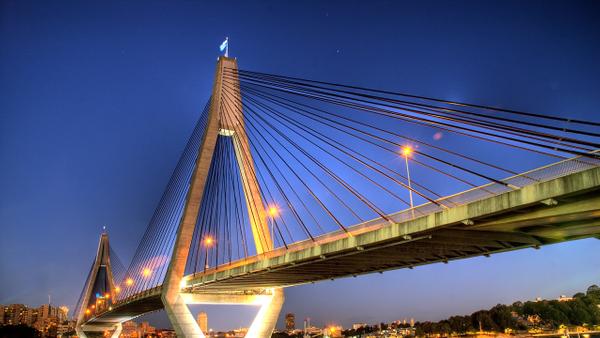
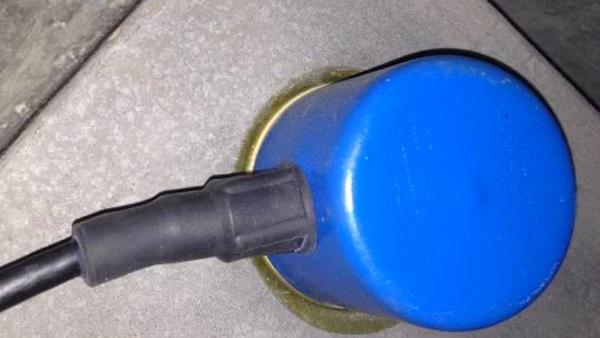
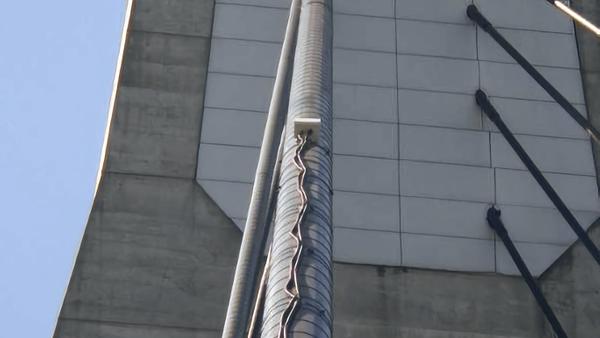
Sixense installed a structural health monitoring system (SHMS) for Bridge 51, part of the Sydney Gateway project, to monitor its structural integrity over five years with high-frequency data acquisition and real-time monitoring of critical components such as hangers.
The continuous data collection and processing provide valuable insights into the bridge’s performance and safety, with regular reports supporting the development of a deterioration model and providing a lifetime estimate.
3D Accelerometer
Dynamic strain gauge
Temperature gauge

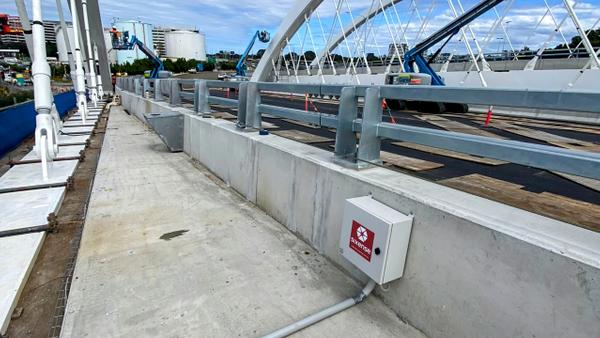
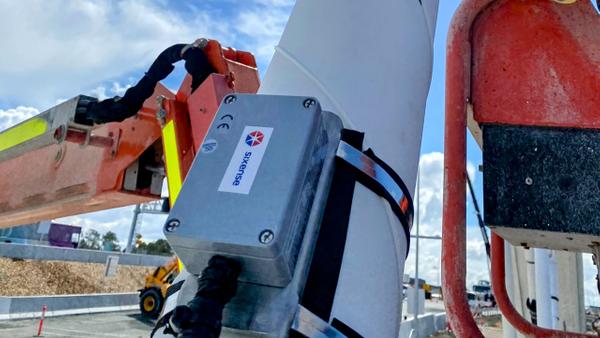
The Windsor Road railway bridge, located at Rouse Hill, NSW, is part of the Sydney Metro Northwest project. The bridge, resembling Sydney’s Anzac Bridge, is Australia's first cable-stayed railway bridge built on a curve.
Sixense has successfully implemented a robust design and build solution for the monitoring package, which has been actively tracking the bridge's performance for over 12 years. This continuous monitoring will remain in place for many more years, ensuring the ongoing safety and reliability of this vital infrastructure.
2D Accelerometer
3D Accelerometer
Weather station
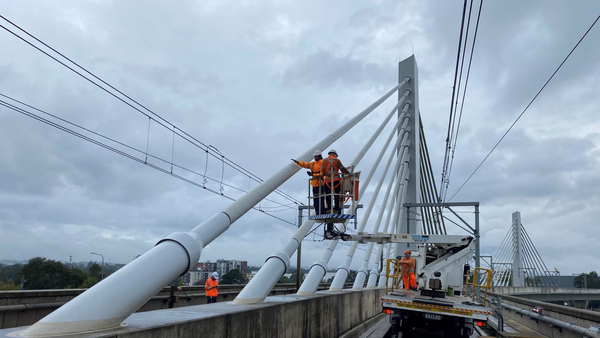
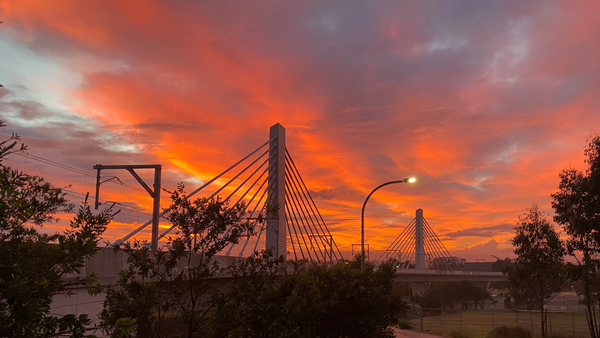
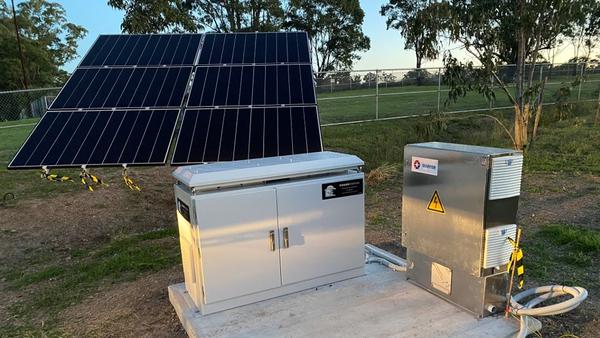
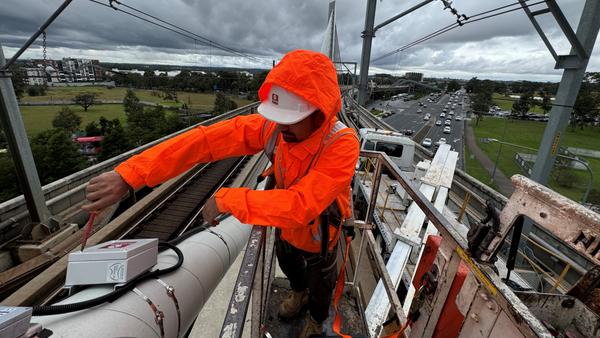
The dynamic monitoring project on Brisbane City Council’s Kangaroo Point Bridge focuses on evaluating the bridge's performance under various conditions. The monitoring test involves runners and walkers simulating real-world scenarios to fine-tune the mass damper for optimal functionality.
Utilising highly sensitive accelerometers and high-frequency acquisition systems operating at 100Hz, even the slightest movements of the bridge have been captured. This data facilitates advanced analyses, including natural frequency, damping, and modal shape.
This process not only validates the digital model but also enables precise adjustments to the mass damper, ultimately enhancing user experience while improving safety and structural integrity.
1D Accelerometer
3D Accelerometer
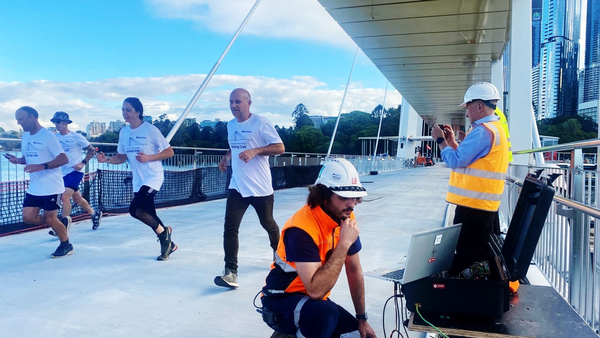
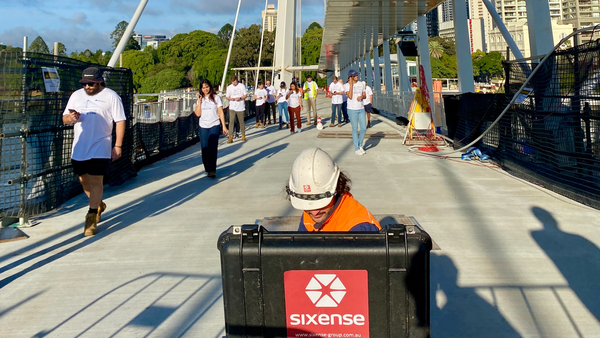
The West Gate Bridge is an iconic structure of the Melbourne landscape, spanning the Yarra River just north of its mouth into Port Phillip. It is a vital link between the inner city and Melbourne's western suburbs.
To accommodate the increasing traffic, the bridge was enlarged to 2 x 4 lanes a decade ago and a deformation monitoring system is installed to track the structure.
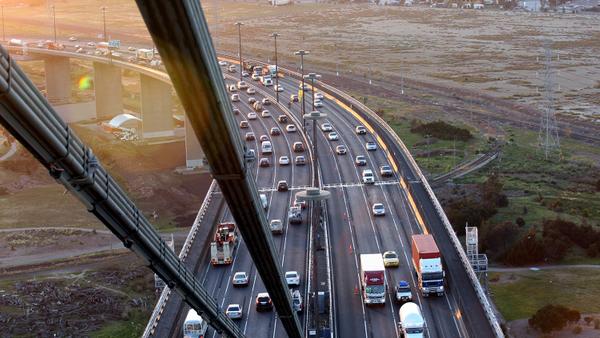

Yavuz Sultan Selim bridge is the 3rd Bosphore bridge linking Asia to Europe 30km north from Istanbul. The bridge was open to traffic in august 2016.
The bridge is subject to heavy traffic bewteen the two continents, stong winds from the Black Sea and significant earthquakes due to the movement of the tectonic plates in the area. Considering those environmental risks Sixense has been asked to install and maintain a complete structure health monitoring system.
Sensors
Types of sensors
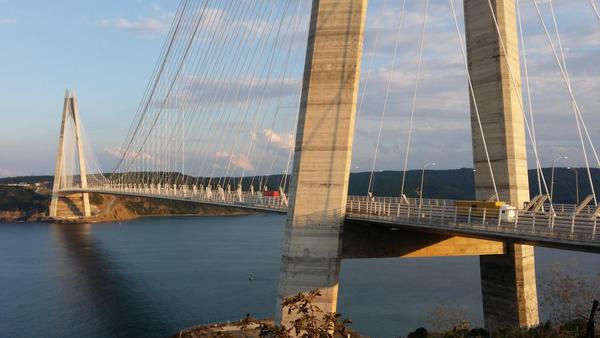
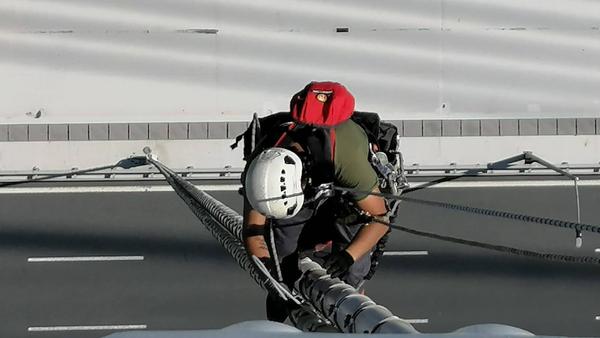
The Rion-Antirion bridge (Harilaos Trikoupis Bridge) links mainland Greece to Peloponnese at the west side of the Corithe Gulf near Partas. It has a 2.2 km span, supported by 4 diamond shaped pylons.
The environment in which the bridge was constructed combines a number of physical challenges and thus makes this project particularly complex: a strait of about 2,500m width, deep water (up to 65m) combined with deep soil strata of weak alluviums, possibility of strong seismic activity, tectonic movements and adverse high wind actions.
A Structural Health Monitoing (SHM) system was specially designed to survey the behaviour of the bridge subjected to this difficult environment.
Years of service
Sensors
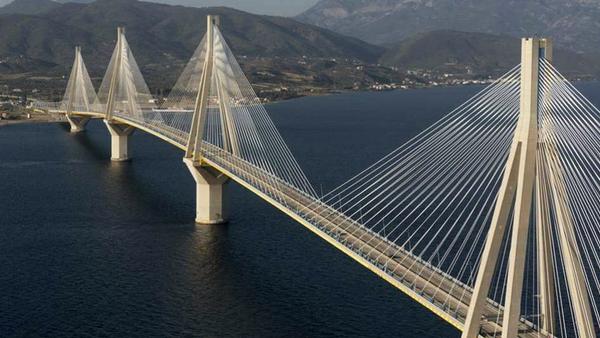
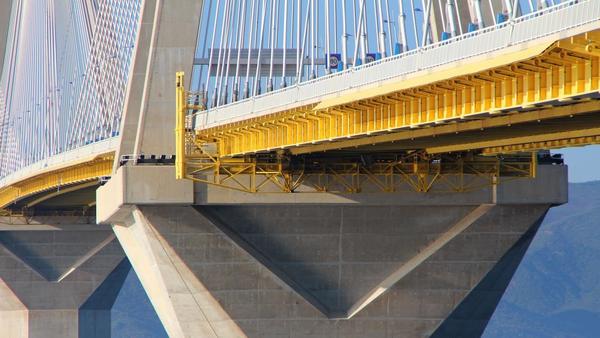
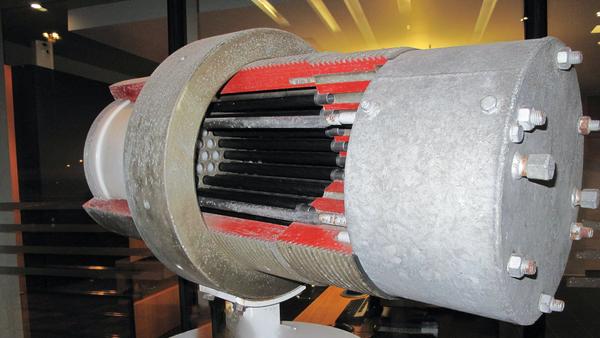
The Tancarville bridge is a suspended structure 960 ml long allowing to cross the Seine near its estuary. The structure consists of a metal deck suspended by 2 pairs of carrying cables.
Sixense has installed a global structure health monitoring system and inspect on regular bassis all aspects of the infrastructure to assess its conditions wit ha particular attention to the stay cables using the USCAN technology.
Inspected strands
Stay cable inspected
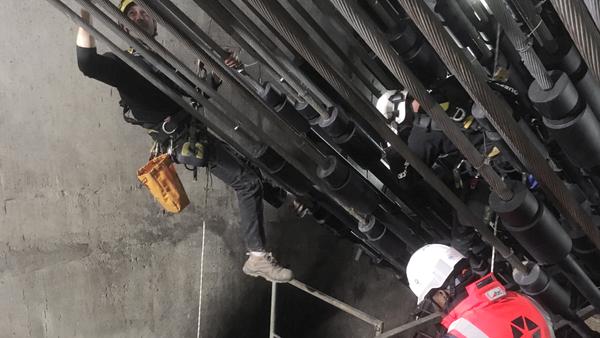
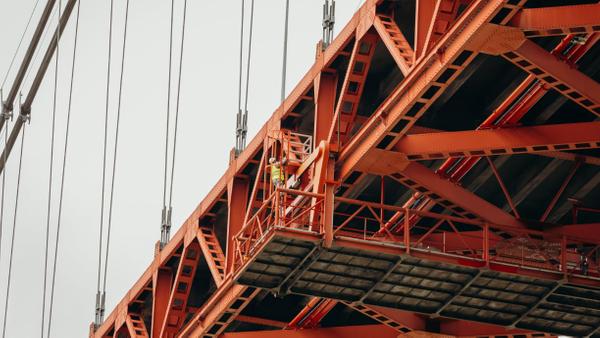
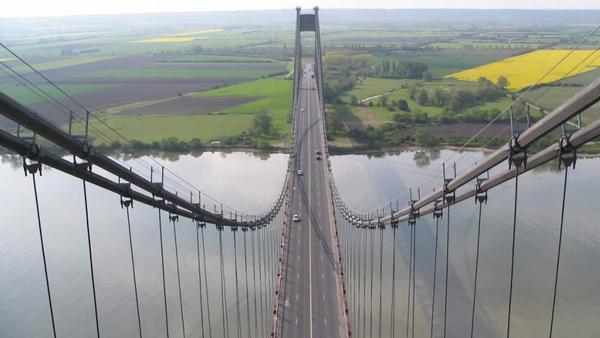
The cable-stayed bridge over the Danube-Black Sea Canal is located in the area of the Constanta sea port.
The bridge ensures the connection between the North and South areas of the port, currently separated by the Danube-Black Sea waterway, near the town of Agigea.
Sensors
magneto-elastic sensors
Settlements makers
Monitoring prisms
